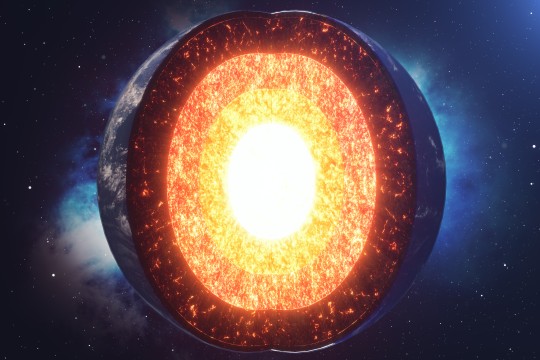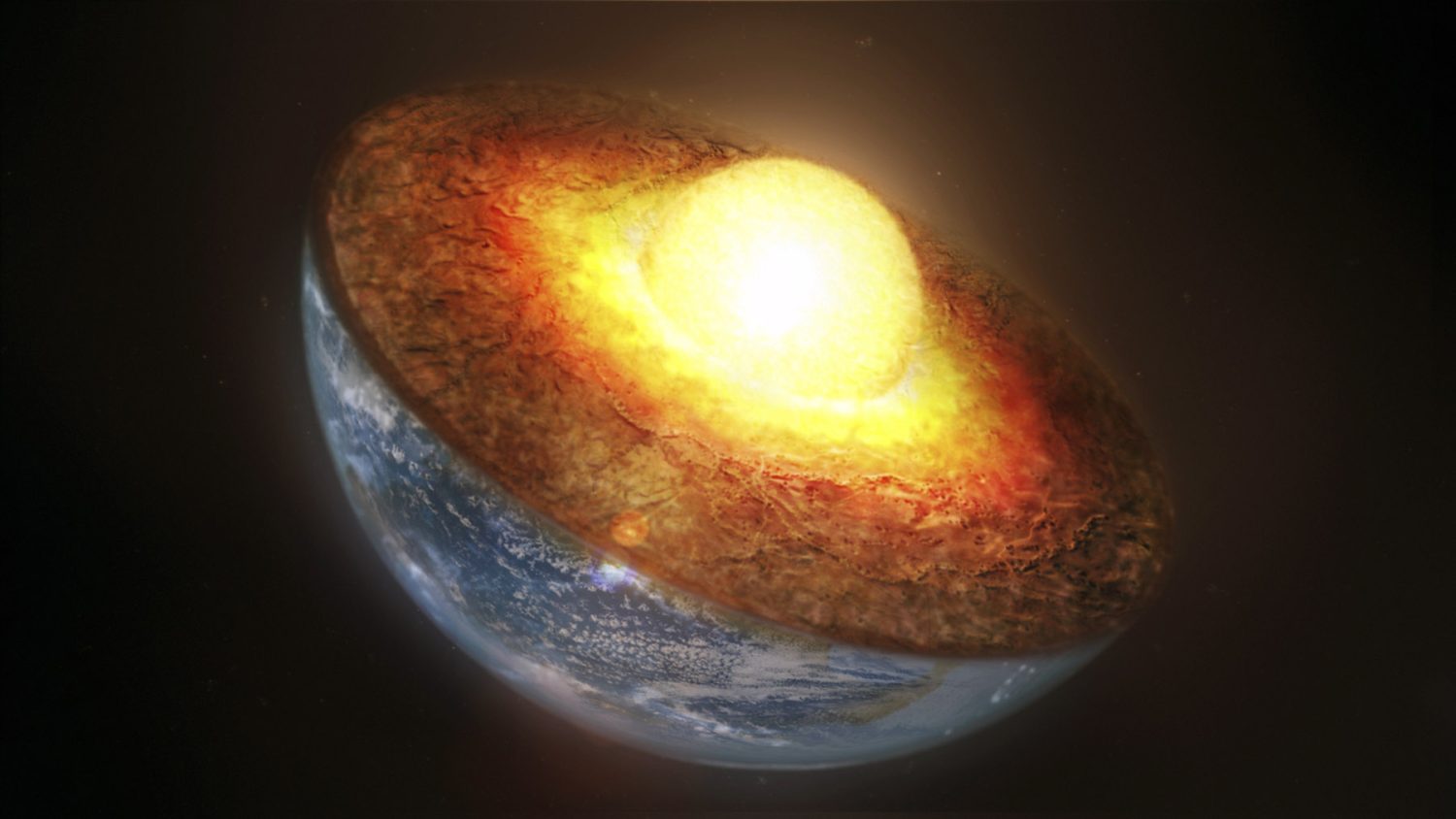It has been discovered by scientists that the rotation of the Earth's core has ceased and may have even changed direction.
According to a study published in the journal Nature Geoscience on Monday, it is possible for the Earth's solid inner core to experience rotation changes every few decades.
Although scientists cannot directly observe the inner core, data from seismic waves generated by powerful earthquakes and nuclear weapons tests have indicated that the inner core may rotate slightly faster than the rest of the Earth.
The study, which analyzed seismic waves from the 1960s to the present, found that starting in 2009, the behavior of these waves suggests that the inner core may have halted its rotation a decade earlier.
Based on data from two sets of nuclear test explosions, there appears to be a similar pause around 1971, which leads the researchers to conclude that the inner core may pause and change its rotation direction every 70 years or so.

The researchers theorize that this phenomenon could be caused by the Earth's magnetic field exerting a pull on the inner core, causing it to rotate, while the gravitational field of the mantle exerts a counteracting pull in the opposite direction.
Periodically, one of these forces may become stronger, causing a change in the direction of rotation of the core.
An alternative explanation is that the pauses could be caused by changes occurring on the surface of the inner core over time, as proposed by seismologist Lianxing Wen in a 2006 paper.
The new study may provide additional insight into the nature of the inner core and how it interacts with the other layers of the Earth.
The Earth is made up of four main layers: the inner core located at the center of the planet, followed by the outer core, the mantle, and finally the crust.

The inner core is a solid sphere composed of iron and nickel metals, measuring approximately 1,221 kilometers in radius.
The main question is whether this should be a cause for concern. Scientists do not believe so.
According to John Vidale, a geophysicist at the University of Southern California, as he told The Washington Post, "It's probably benign, but we don't want to have things we don't understand deep in the Earth."
"It's certainly possible we'll never figure it out," Vidale said. "I'm an optimist. The pieces are going to fall into place someday."



